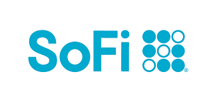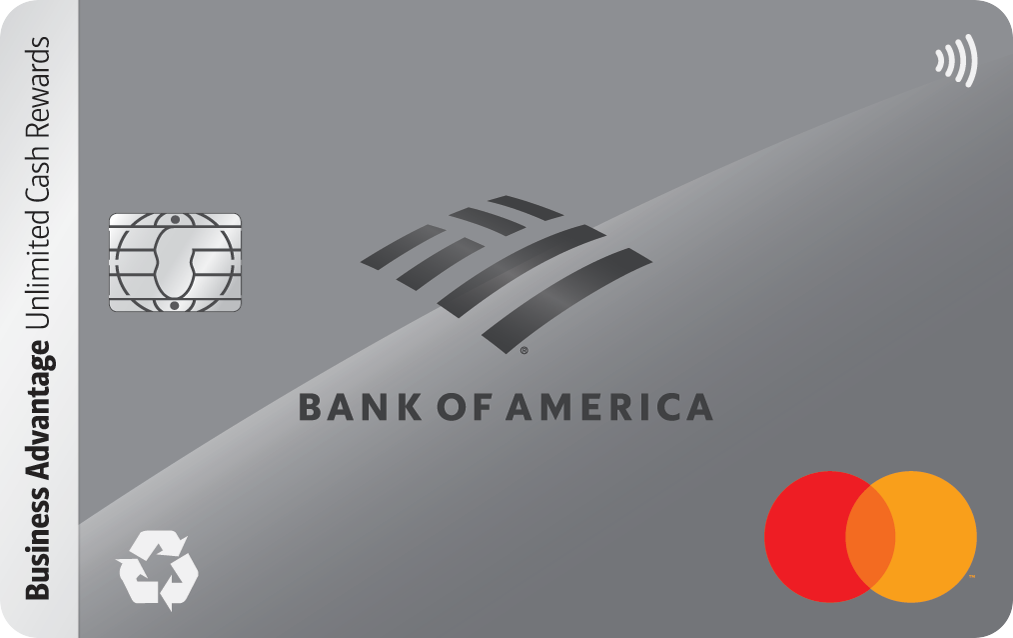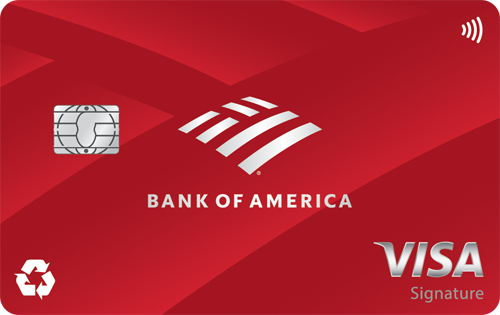If You See This One Thing on Your Bank Statement, It's Time to Switch Accounts

Image source: Getty Images
Ever scroll through your bank statement and get sucker-punched by a random $35 overdraft fee?
You're not alone. U.S. banks raked in over $12.1 billion in overdraft fees and non-sufficient funds fees last year. That's billion with a B -- and almost all of it came from small mistakes that could've been avoided.
If you've spotted even one overdraft fee on your recent statements, I'll be honest: That's a red flag. It's time to ask whether your bank is truly working for you… or profiting off you.
Let's break down what's happening, and how to fix it fast.
What overdraft fees actually are
Here's how it works: When your checking account balance dips below zero (even for just a moment) your bank covers the transaction but slaps on a fee. It's basically a tiny loan… with a ridiculously high price tag.
Some banks even re-sequence your transactions from biggest to smallest to increase your odds of overdrafting. That sneaky move lets them stack multiple fees in one day.
Even if this only happens once or twice a year, it's still a sign your bank is playing games.
Modern banks don't charge you junk fees
In the last 10-20 years, fintechs and online banks have basically reinvented how we all handle banking day to day. And some of them have built entire business models around zero fees.
Because these banks don't rely on expensive branches or old-school systems, the focus is on what really matters: great rates, no fees, and top-tier digital experiences.
My top pick: SoFi Checking and Savings (Member FDIC). It offers up to $50 in fee-free overdraft coverage (with qualifying direct deposit set up), plus a juicy APY on savings -- up to 4.30% right now. You also get budgeting tools, real-time notifications, and a slick app that makes it easy to track your money.
SoFi Checking and Savings
On SoFi's Secure Website.

On SoFi's Secure Website.
Earn up to 4.30% Annual Percentage Yield (APY) on SoFi Savings with a 0.70% APY Boost (added to the 3.60% APY as of 11/12/25) for up to 6 months. Open a new SoFi Checking and Savings account and pay the $10 SoFi Plus subscription every 30 days OR receive eligible direct deposits OR qualifying deposits of $5,000 every 31 days by 1/31/26. Rates variable, subject to change. Terms apply at sofi.com/banking#2. SoFi Bank, N.A. Member FDIC.
- Competitive APY on both Savings and Checking
- No monthly account fee
- Welcome bonus up to $300 (direct deposit required)
- ATM access
- Unlimited number of external transfers (up to daily transaction limits)
- FDIC insured (up to $3M with opt-in to SoFi Insured Deposit Program)
- Early access to direct deposits
- Tools to help you track savings goals
- Combo account only; no stand-alone savings or checking
- Maximum Savings APY requires direct deposit
- No branch access; online only
- Overdraft protection requires monthly direct deposit minimum
For those who plan to set up direct deposit with their new account, we think SoFi Checking and Savings (Member FDIC) is hard to beat. Not only does this savings account offer a strong APY, but the linked checking account earns an above-average rate, too -- which is a rare perk. Plus, new customers earn a bonus of up to $300 with eligible direct deposit. Frankly, it's the kind of combo that could make it worthwhile to switch banking relationships.
Other strong picks with no overdraft fees include Capital One, Ally, Discover, and Axos -- all solid banks that don't penalize you for being human.
Not ready to switch? Do this instead.
It's totally understandable if you don't want to fully switch all your money to a new online bank.
Here are a few quick wins to protect yourself:
- Turn on low balance alerts. Most banks let you set notifications when your balance drops below a certain threshold (like $100). This gives you time to transfer money or slow your spending.
- Link your savings account. Some banks will automatically pull from savings to cover overdrafts, though a few still charge for that transfer. Check your terms.
- Build a mini-cushion. Leaving just $50 or $100 in your account (untouched) can block most overdrafts before they happen. Set it and forget it.
- Opt out of overdraft protection. One way to never overdraft is to disable the ability completely! Just tell your bank you want to opt out -- so you can only spend the money you actually have.
- Use a budgeting app. A simple tracker like Rocket Money or Mint can show you your cash flow in real time. Awareness = power.
You deserve better than "gotcha" fees
Overdraft fees are a leftover relic from an outdated banking system. There's no reason they should still exist -- and definitely no reason you should keep paying them.
You work hard for your money. Your bank should help you grow it, not quietly chip away at it.
If your current account keeps springing fees on you, it's time to ditch the nonsense, and move forward with a better financial setup.
Our Research Expert



